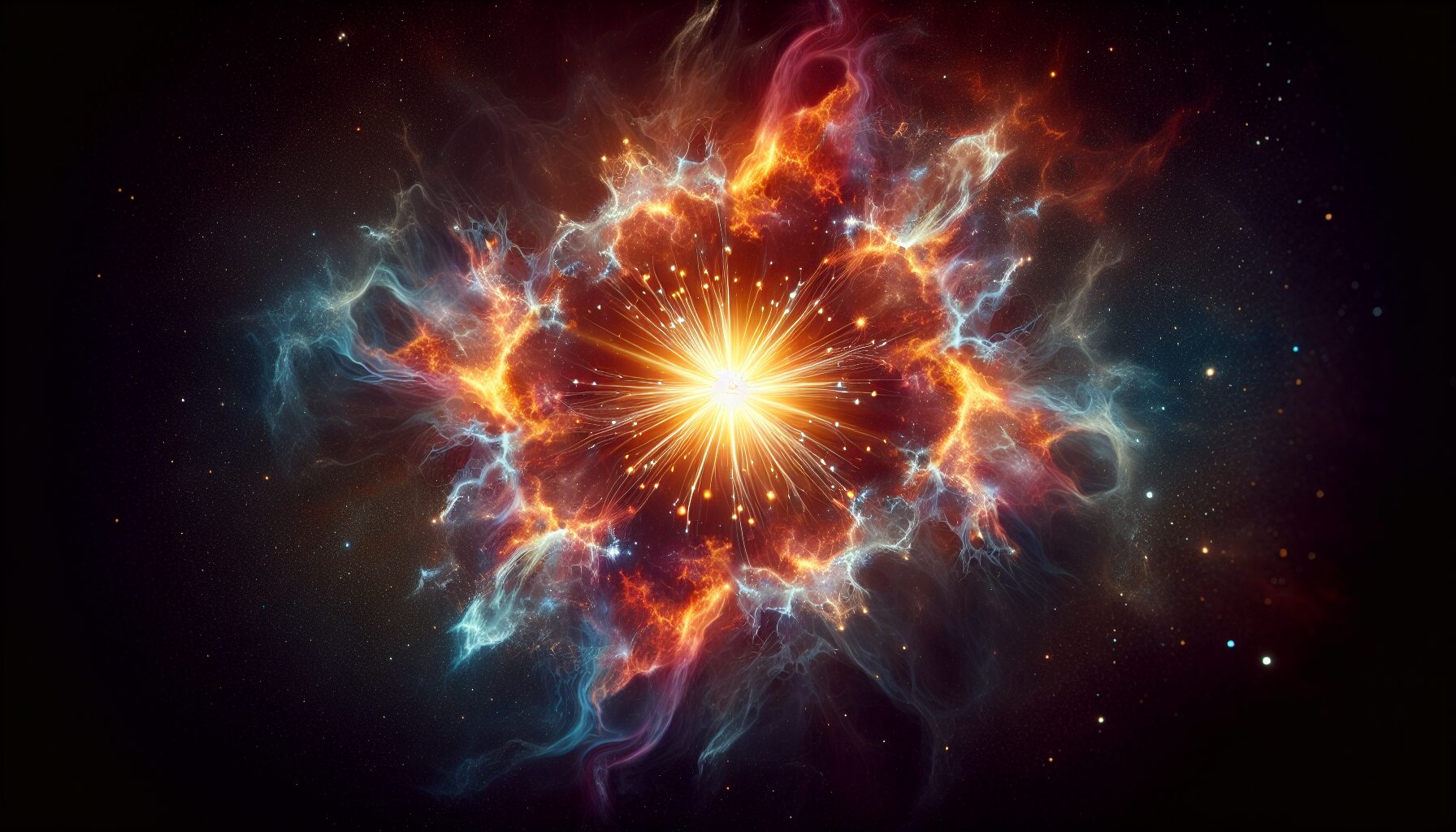Stellar Alchemy: Science and Starfire
From the earliest days of human history, the stars have inspired awe and wonder, guiding sailors across unknown seas and forming the backdrop for myths and legends. Yet, beyond their celestial beauty, stars are fundamental cogs in the cosmic machine, engaging in the grand alchemical process that stands at the heart of astrophysics—the process of stellar nucleosynthesis.
The Birth of Stars
Stars are born from the gravitational collapse of gas and dust in galaxies. As these clouds condense, they form a protostar. During this phase, temperatures and pressures rise until nuclear fusion—the engine of stars—begins in the core, heralding the birth of a new star. As Carl Sagan eloquently put it,
“The cosmos is within us. We are made of star-stuff. We are a way for the universe to know itself.”
Nuclear Fusion: The Heart of Stellar Alchemy
At the core of stars, nuclear fusion is the transformative process that powers starfire. This begins with the fusion of hydrogen atoms into helium in a process known as the proton-proton chain reaction in smaller stars like our Sun, or via the CNO cycle in more massive stars. Energy released from these reactions provides the pressure necessary to counteract gravitational collapse, thus maintaining the star’s stability.
- Proton-Proton Chain Reaction: Dominant in stars the size of the Sun or smaller, this process converts hydrogen into helium, releasing energy in the form of gamma rays.
- CNO Cycle: In stars more massive than the Sun, this cycle uses carbon, nitrogen, and oxygen as catalysts to fuse hydrogen into helium, allowing for even greater energy release.
Stellar nucleosynthesis is not just limited to hydrogen and helium. As stars evolve, they synthesize heavier elements through successive fusion processes, enriching the cosmos with elements found on the periodic table.
The Life and Death of Stars
The lifecycle of a star is primarily determined by its initial mass. Smaller stars, like red dwarfs, burn slowly and can live for trillions of years, while massive stars live fast-paced, short lives, often ending in spectacular supernovae. It is in these cataclysmic deaths that new elements are forged.
In supernovae, the intense pressures and temperatures allow for the creation of heavy elements like gold and uranium. As Neil deGrasse Tyson succinctly notes:
“The atoms of our bodies are traceable to stars that manufactured them in their cores and exploded these enriched ingredients across our galaxy

Comments